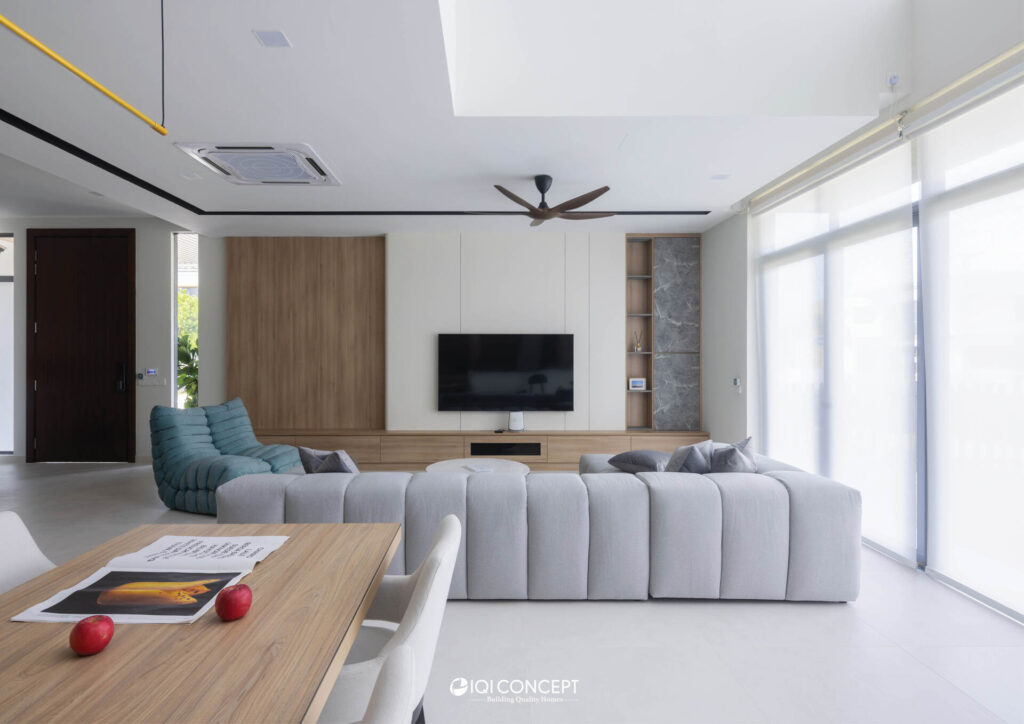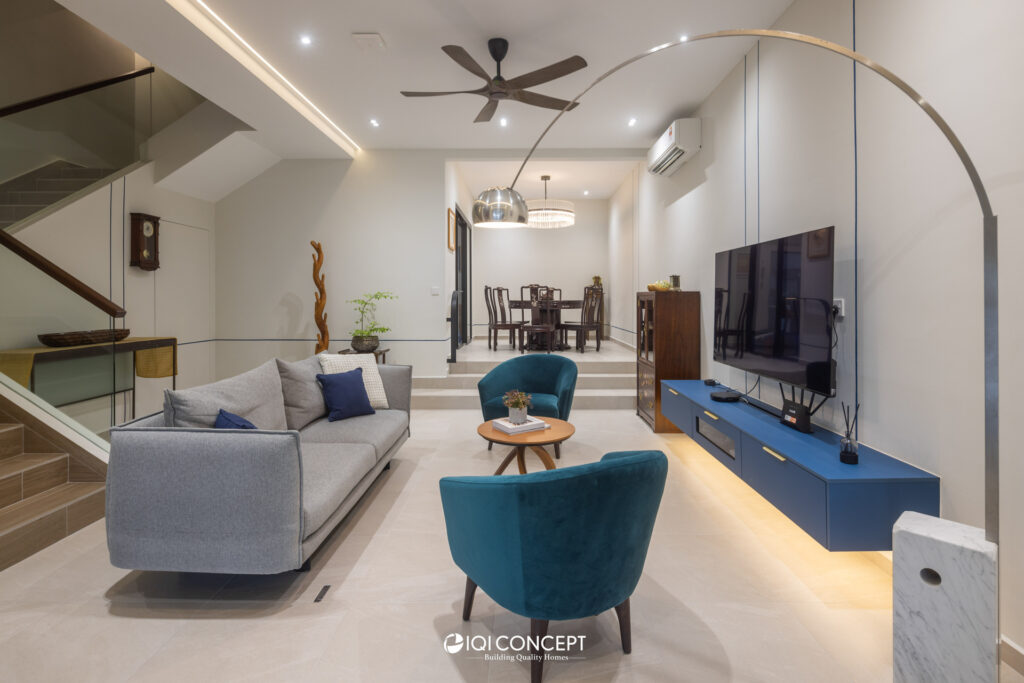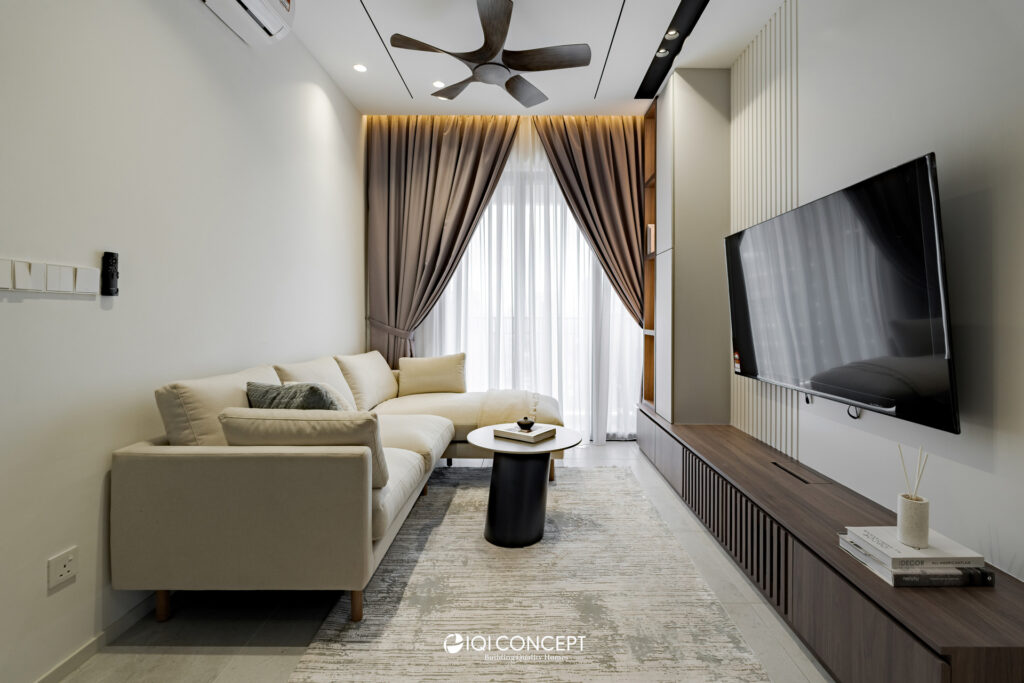Furniture Placement: Arranging Your Home for Optimal Functionality
Arranging furniture in your home is not just about filling a space; it’s about creating a functional and inviting environment that suits your lifestyle. The way you arrange your furniture can have a significant impact on how you use and enjoy your living spaces. Whether you’re looking to maximize space in a small apartment or create a cozy atmosphere in a large living room, thoughtful furniture placement is key. In this guide, we’ll offer advice on how to arrange furniture to create functional and inviting living spaces that cater to your needs.
Assess Your Space: Before you start arranging furniture, take a good look at your space and consider its size, shape, and layout. Think about how you use the space and what activities you’ll be doing there. For example, if you use your living room for watching TV, you’ll want to arrange your seating to face the TV. If you use your dining room for entertaining, you’ll want to make sure there’s enough space for guests to move around comfortably.
Create a Focal Point: Every room should have a focal point that draws the eye and anchors the space. This could be a fireplace, a large window with a view, or a piece of artwork. Arrange your furniture around this focal point to create a cohesive and inviting layout. For example, if your living room has a fireplace, arrange your seating to face the fireplace to create a cozy and inviting atmosphere.

Consider Traffic Flow: When arranging furniture, it’s important to consider the flow of traffic through the room. Make sure there are clear pathways for people to move around without bumping into furniture. Arrange furniture away from doorways and avoid blocking windows and other natural light sources. Consider the natural flow of movement in the room and arrange your furniture to accommodate it.
Create Conversation Areas: In larger living rooms, it’s a good idea to create multiple conversation areas to encourage interaction and intimacy. Arrange seating in clusters to create cozy conversation nooks. Place chairs and sofas facing each other to facilitate conversation. Use area rugs to define each conversation area and anchor the furniture.
Balance Proportions: When arranging furniture, it’s important to consider the scale and proportion of your pieces. A large sofa in a small room can overwhelm the space, while small furniture in a large room can look out of place. Balance the scale of your furniture to create a harmonious and visually appealing layout. Use furniture of similar proportions to create a sense of balance and harmony in the room.

Consider Functionality: Think about how you use each room and arrange your furniture to maximize functionality. For example, in a home office, you’ll want to arrange your desk and chair in a way that promotes productivity and comfort. In a bedroom, you’ll want to arrange your furniture to create a relaxing and restful environment. Consider the function of each room and arrange your furniture accordingly.
Experiment with Different Layouts: Don’t be afraid to experiment with different furniture layouts to find the one that works best for your space. Move furniture around until you find a layout that feels comfortable and functional. Consider the flow of the room and how each piece of furniture contributes to the overall layout.
Use Furniture to Define Spaces: In open-concept living spaces, use furniture to define different areas and create distinct zones. For example, use a sofa to divide the living room from the dining area, or use a bookshelf to separate the home office from the rest of the room. This can help create a sense of order and organization in larger spaces.

Consider the Views: When arranging furniture, consider the views from different angles in the room. Arrange seating to take advantage of any scenic views or architectural features. Positioning furniture to maximize natural light can also enhance the ambiance of the space.
Add Personal Touches: Finally, don’t forget to add personal touches to your furniture arrangement. Incorporate pieces that reflect your style and personality, such as artwork, family photos, or heirloom furniture. These personal touches can help make your living spaces feel more inviting and comfortable.
In conclusion, arranging furniture is an important aspect of creating functional and inviting living spaces. By assessing your space, creating a focal point, considering traffic flow, creating conversation areas, balancing proportions, considering functionality, experimenting with different layouts, using furniture to define spaces, considering the views, and adding personal touches, you can create a layout that suits your lifestyle and enhances the beauty and functionality of your home.
Ready to transform your home? Click here to schedule a free consultation with us today and let’s turn your dream home into a reality!

Follow our socials to get the latest updates or WhatsApp us to get to know about our services!